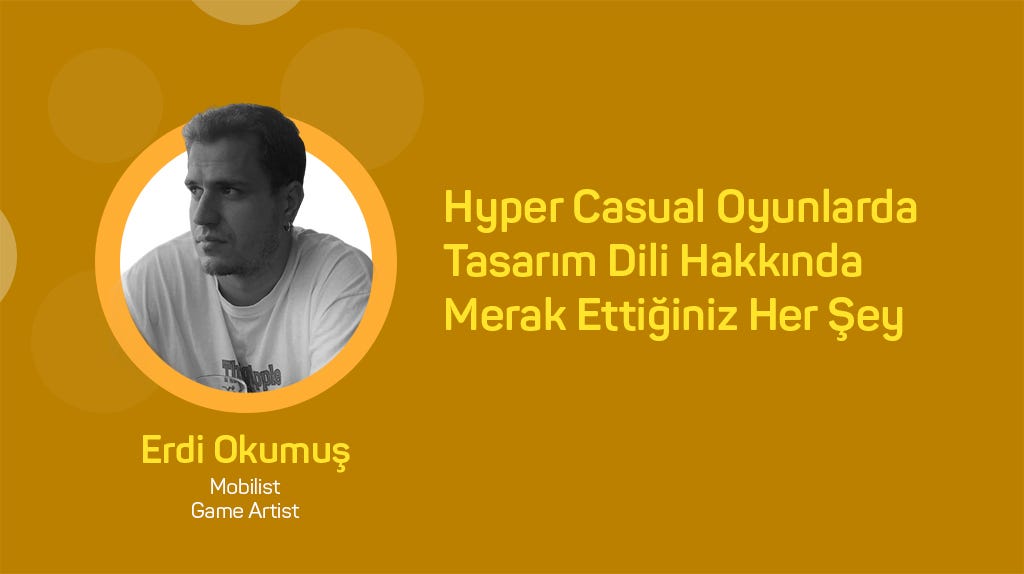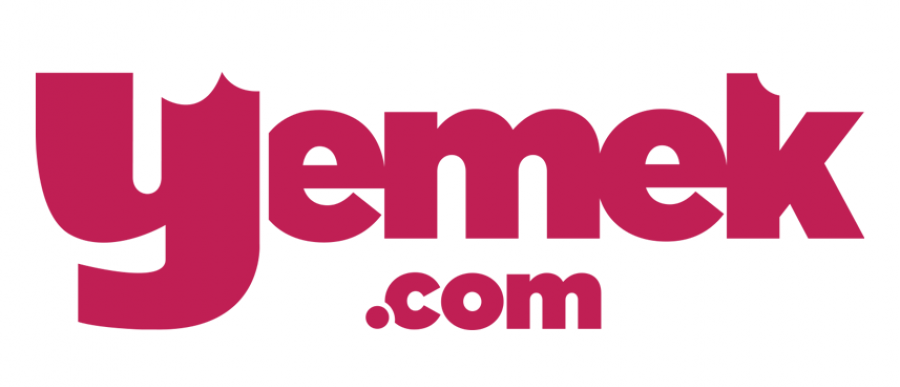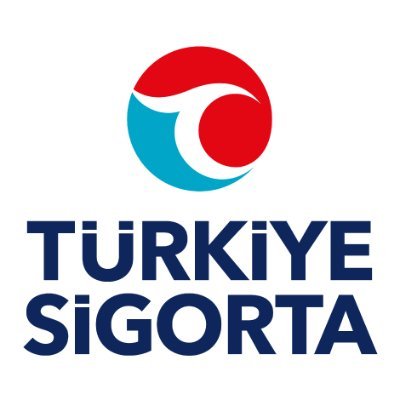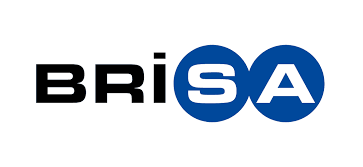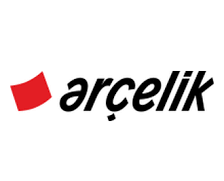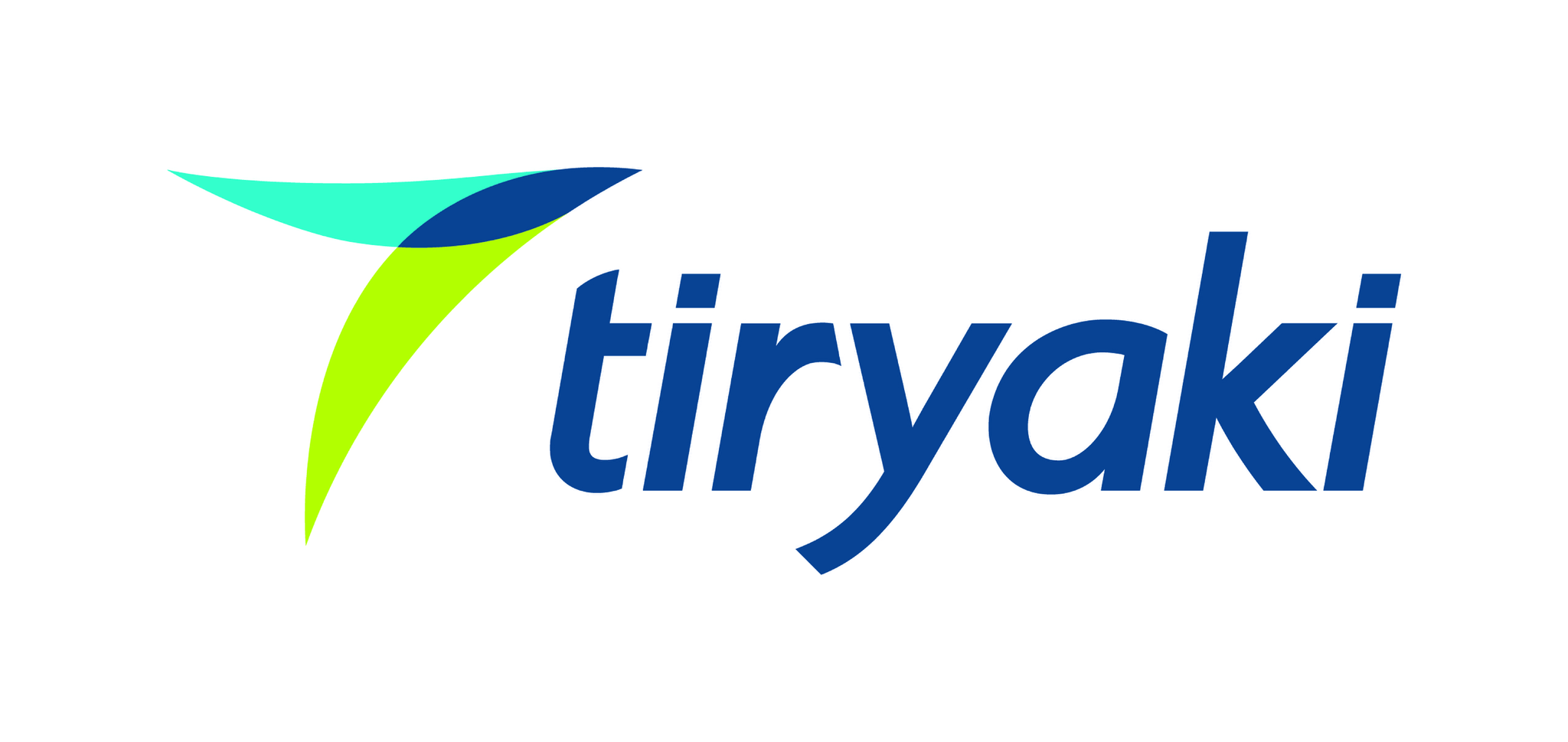11/10/2021 7:05
Erdi Okumus, Mobilist
Illustration, animation, graphics and 3D designs, which are the most common forms of visual art in the digital environment, are the most effective tools in the inventory of game studios to attract user attention.
Of course, how these tools should be designed is of great importance.
- The “Interesting” Factor in Hyper Casual Games
With various digital marketing efforts, the duration of the game entering the frame on the user's mobile screen is 1 to 2 seconds and the image moves from bottom to top. We can compare this situation to wandering through the aisles in a supermarket. The main purpose of those who design the packages of the products in the aisle is to attract attention to the product and create appeal by appealing to the visual perception of the consumer.
Similarly, the game must attract the user's attention and create appeal on the flowing screen. The elements that will attract attention here are the product package, game logo, poster or the 5-second game play animation on the screen before the game. In both cases, the designer should provide data or references that appeal to the user's visual perception.
The human brain can only perceive relatively large images and dominant colors as reference and data during these instantaneous viewing periods. Accordingly, the designer determines the visual hierarchy within the frame. These images should be objects and characters that provide the simplest and most direct information about the game.

Since the human mind is coded with the urge to survive, the use of colors that will develop reflexes in games is of great importance. Red, yellow and green, which are used in warning signs and signs that we frequently see in our daily lives, are good examples of these colors.

These three colors and their intermediate tones, which are preferred for similar purposes in all other sectors and visual mediums, are blended by the designer and used in images so that they become the dominant colors when squinting across the frame. In this way, The user's brain is stimulated during instant viewing times with visual codes and his attention is greatly attracted.
- Factor to Keep the User in the Game
The aim of Hyper Casual game designers is to keep the user in the game as much as possible and to use the tools in the inventory in the most effective way in line with the data collected from user experiences.
According to recently published data, the majority of users tend to open hyper casual games during urban transportation and at times that require waiting. Therefore, the game should be understandable at a glance and be played intuitively.
In order for the game to be understandable, the colors used at the focal points of the game screen should be arranged in order from far to near. Likewise, the farthest point should be designed in the lightest tone, and the closest point should be designed in the deepest tone.


At this stage, a hypnotic effect should be created, the game mechanics should be able to take the object, enlarge it, rotate it and combine it.
Apart from these, swallowing and vanishing effects can be preferred on the objects, spiral shapes or images used. Especially after an event or movement, there should be animations and effects such as breaking, explosion and disintegration. What is important at this point is that the animations are made in a way that looks normal and smooth to the eye.

Finally, games should be designed to be played with the phone in an upright position and should be based on movements of the thumb on the screen, such as clicking, swiping, or pressing and holding.


